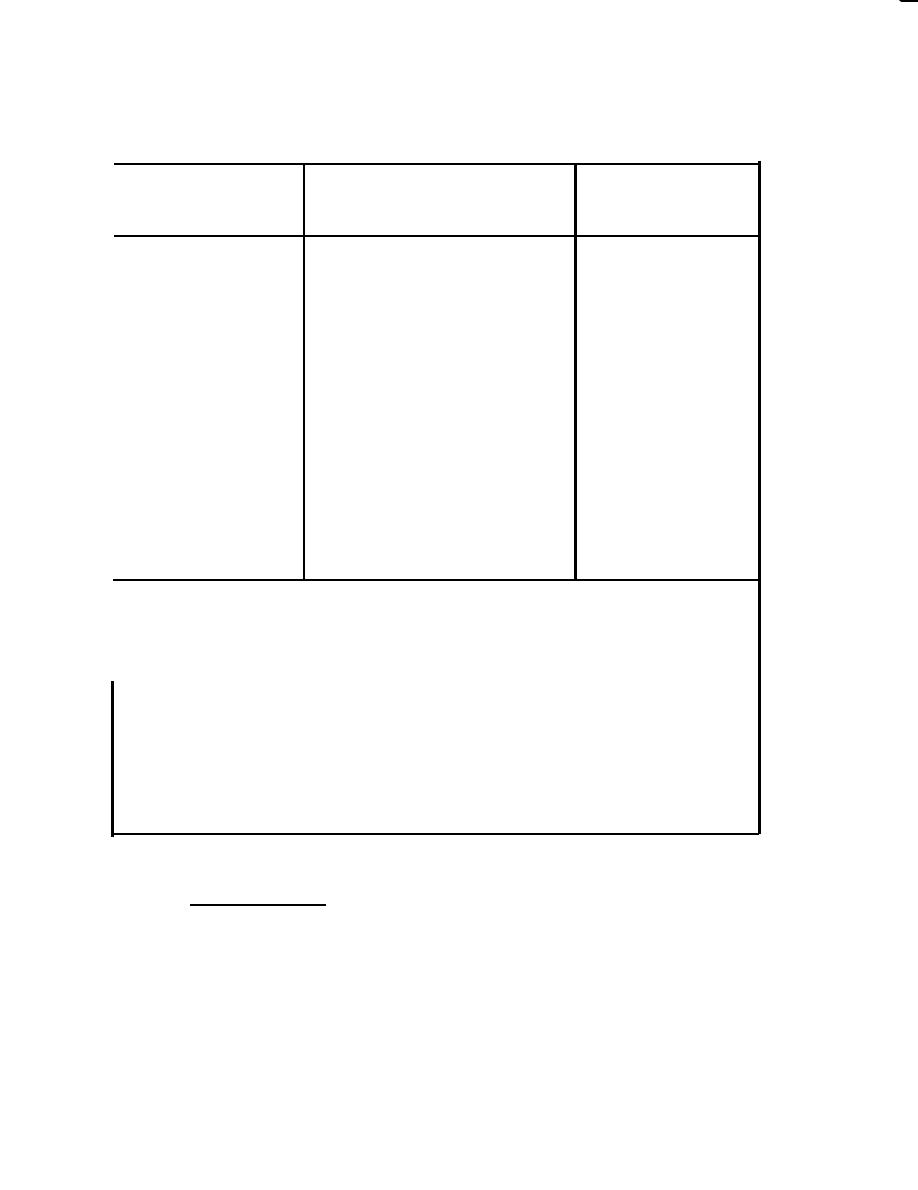

Custom Search
|
|

|
||
 TABLE 4-1
Range of Capture Velocities
Condition of
Capture Velocity
Examples
of Contaminant
(fpm)
50-100
Released with
Evaporation from tanks;
degreasing, etc.
practically
no velocity
into quiet air.
100-200
Released at
Spray booths; intermittent
low velocity
container filling; low
speed conveyor transfers;
into moderately
welding; plating; pickling
still air.
200-500
Spray painting in shallow
Active generation
booths; barrel filling;
into zone of
conveyor loading; crushers
rapid air motion
500-2000
Grinding; abrasive
Released at high
blasting, tumbling
initial velocity
into zone of very
rapid air motion.
The
In each category above, a range of capture velocity is shown.
proper choice of values depends on several factors:
Upper End of Range
Lower End of Range
1. Disturbing room air currents.
1. Room air currents minimal or
favorable to capture.
2. Contaminants of high
2. Contaminants of low toxicity
toxicity.
or of nuisance value only.
3. High production, heavy use.
3. Intermittent, low production.
4. Small hood-local control
4. Large hood-large air mass
only.
in motion.
4.3.2 Dust Collectors. Dust collectors are usually designed for much
heavier loads from industrial processes where the air or gas to be cleaned
originates in local systems or process stack gas effluents. Loading will
vary from less than 0.1 to 20 grains or more per cubic foot.
4-3
|
 |
|
 |
||